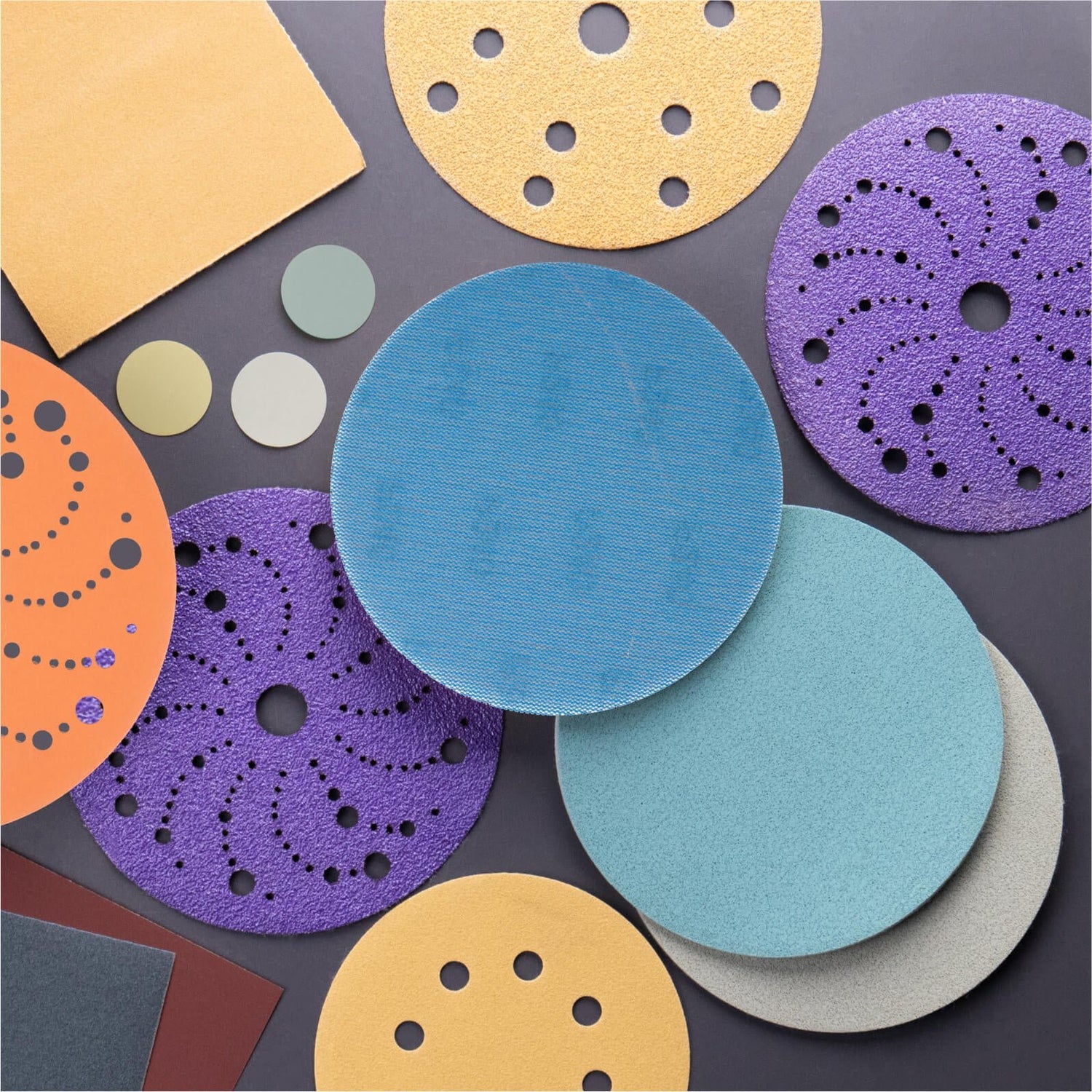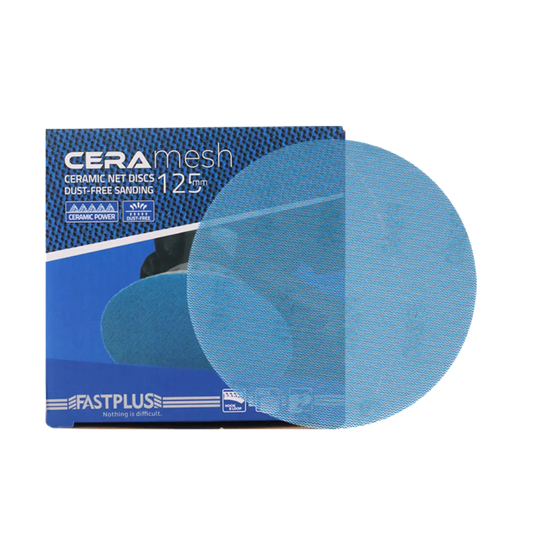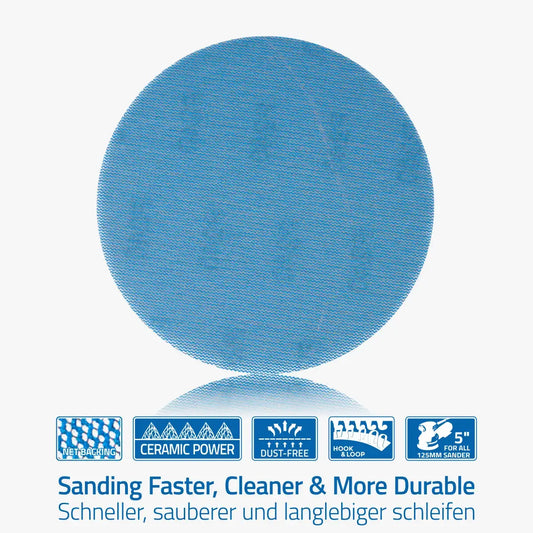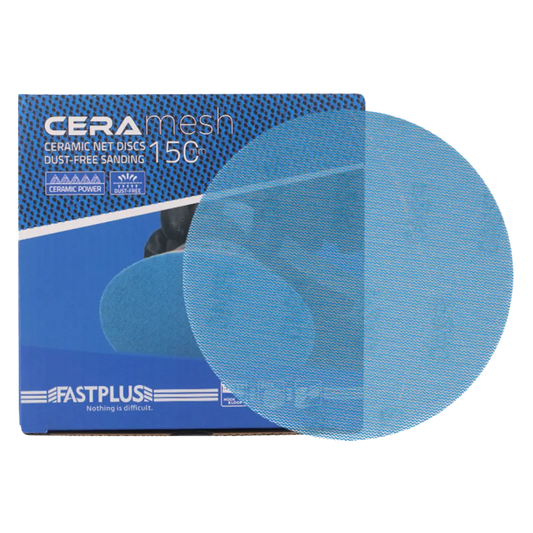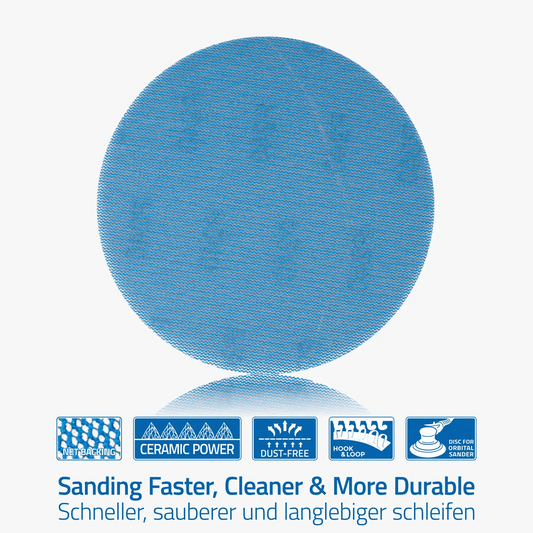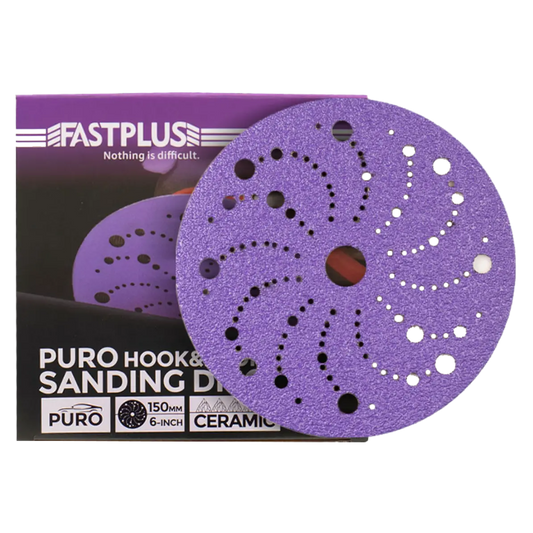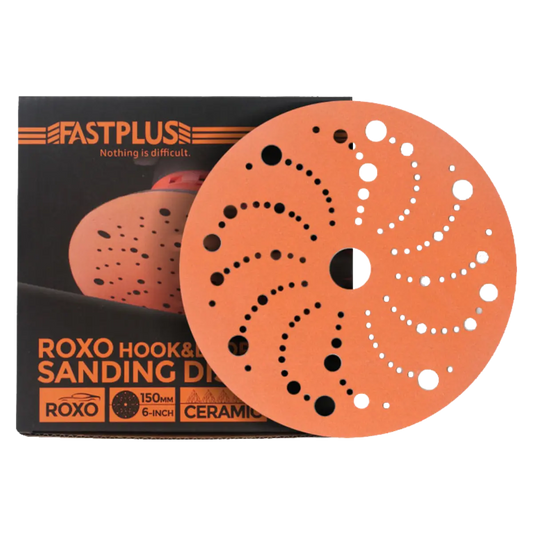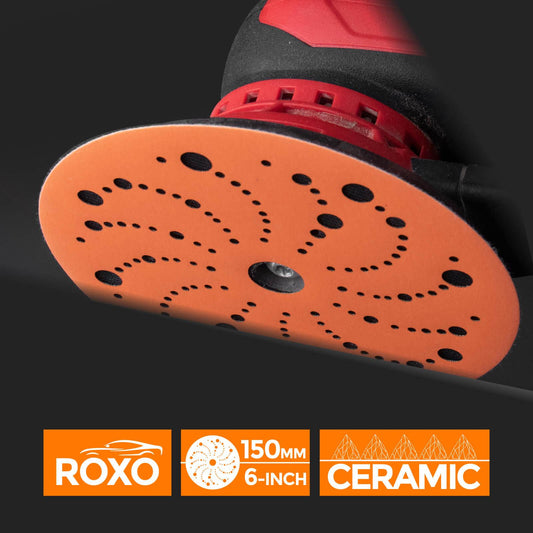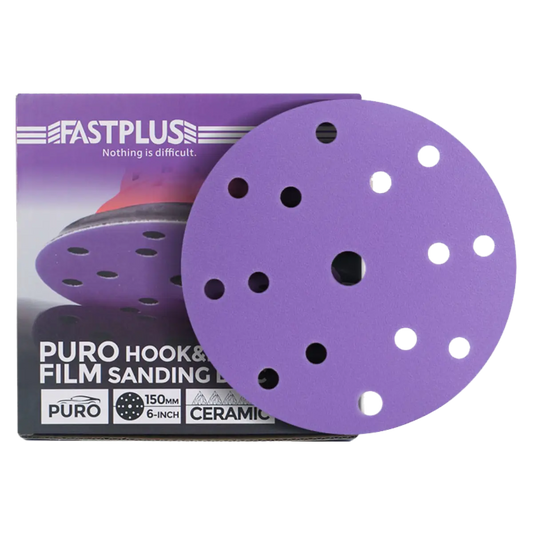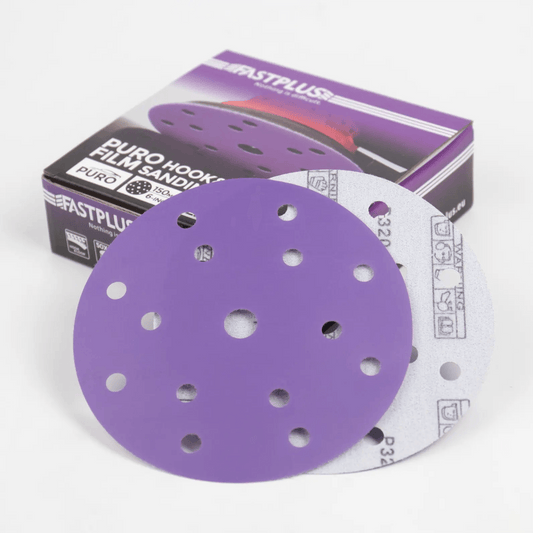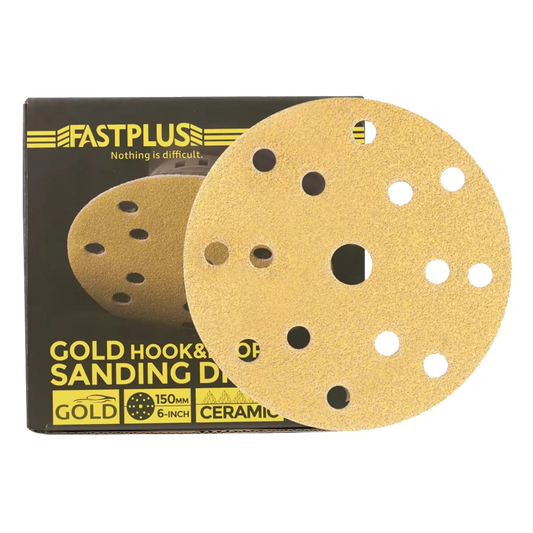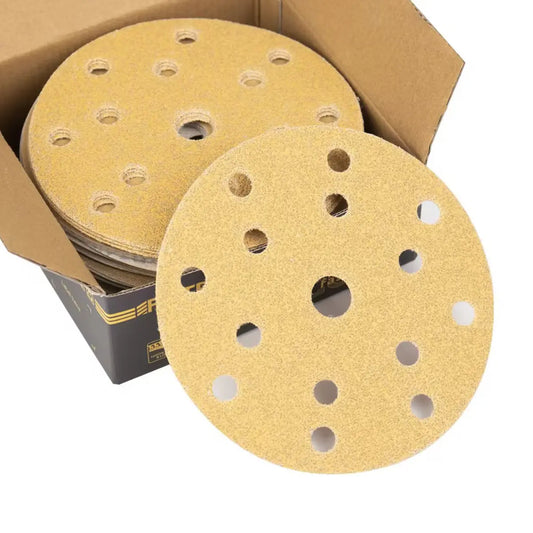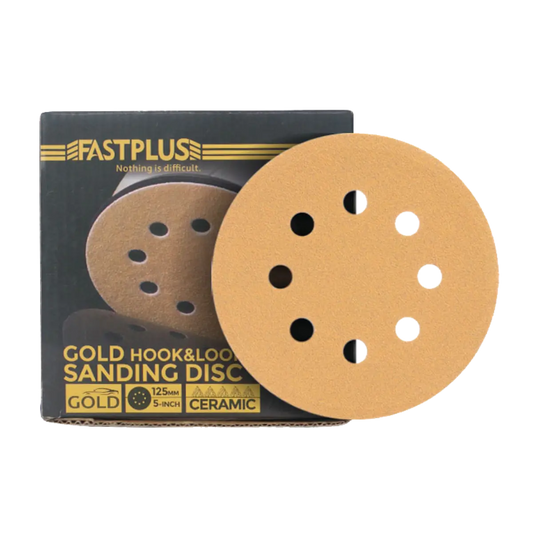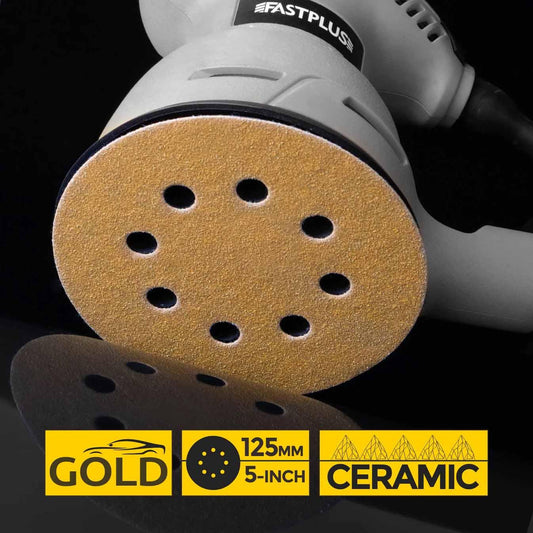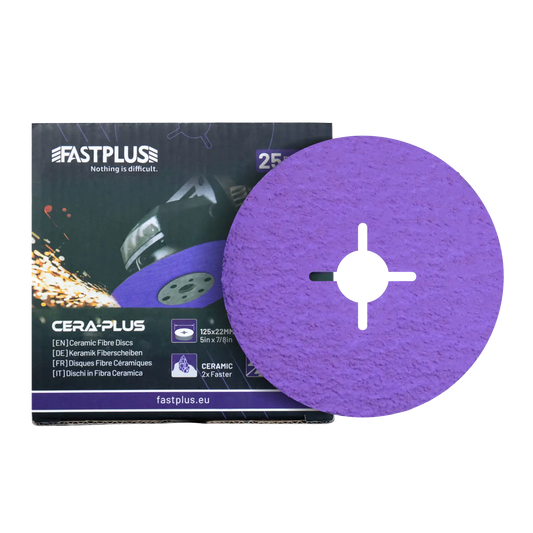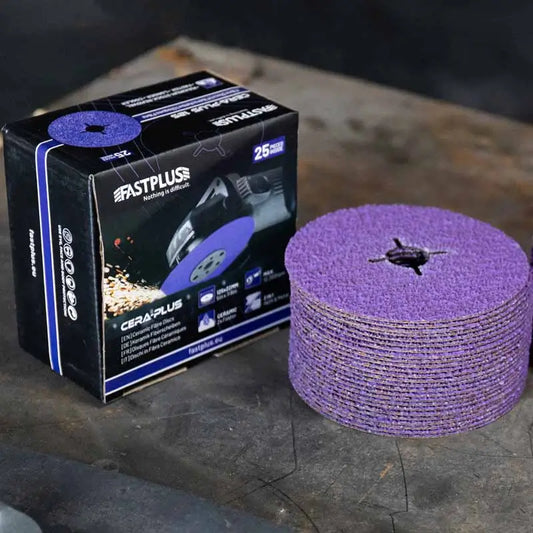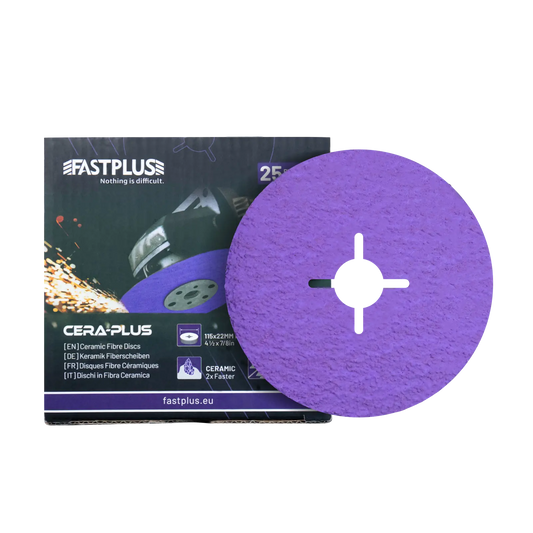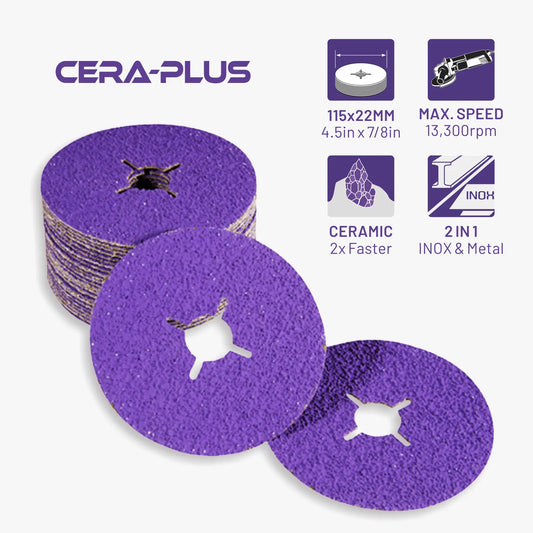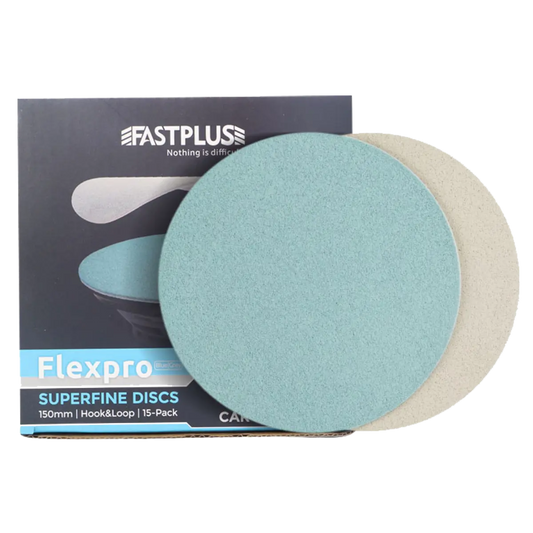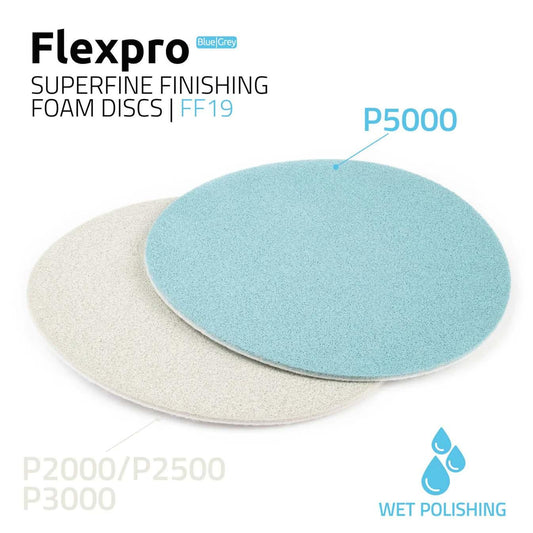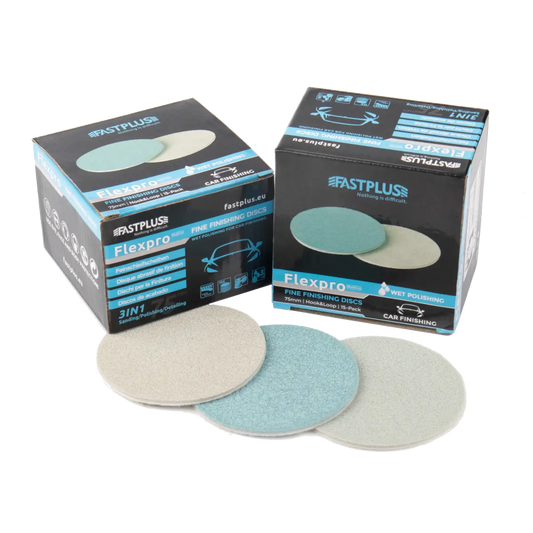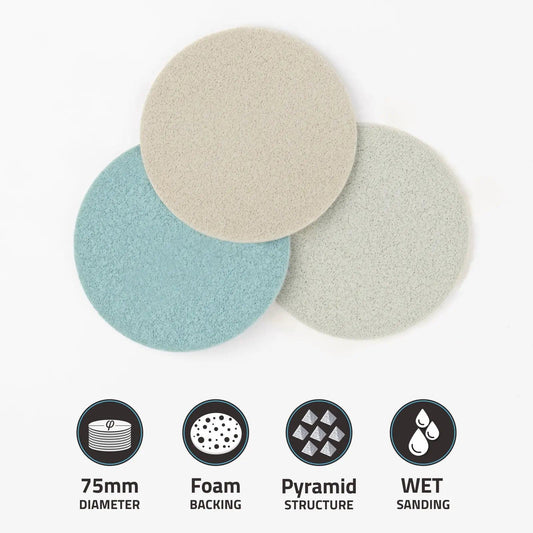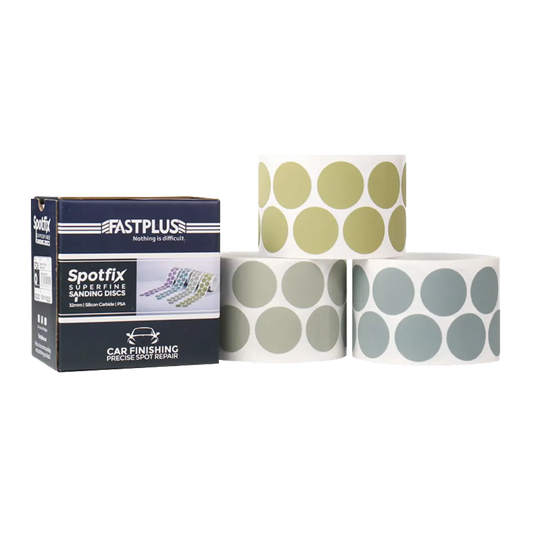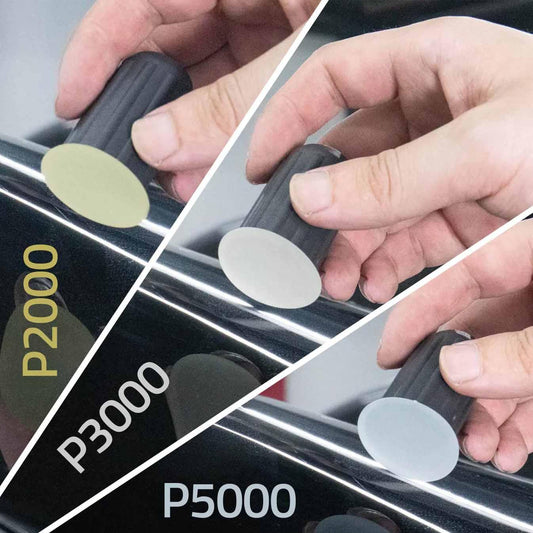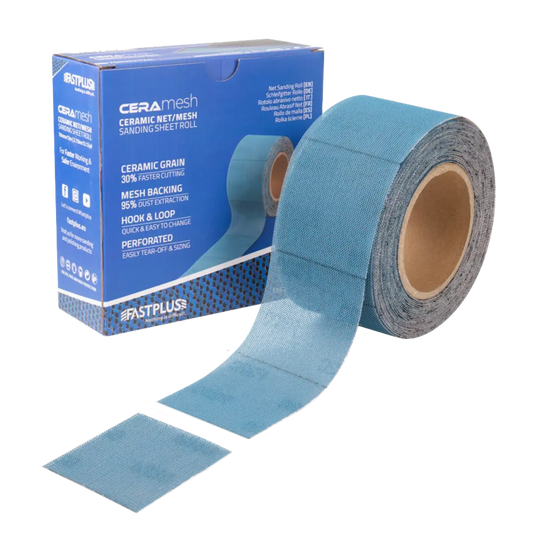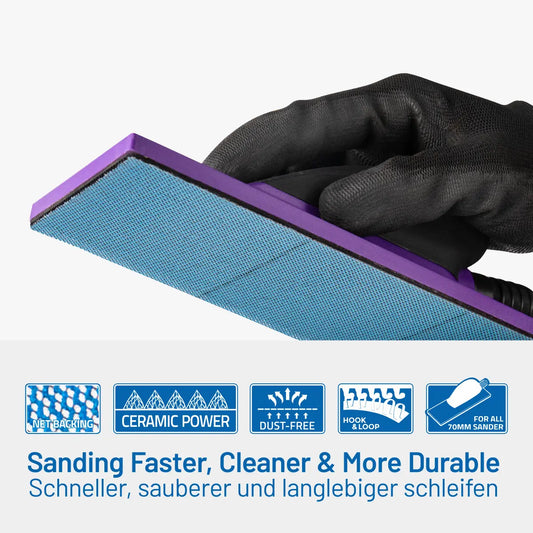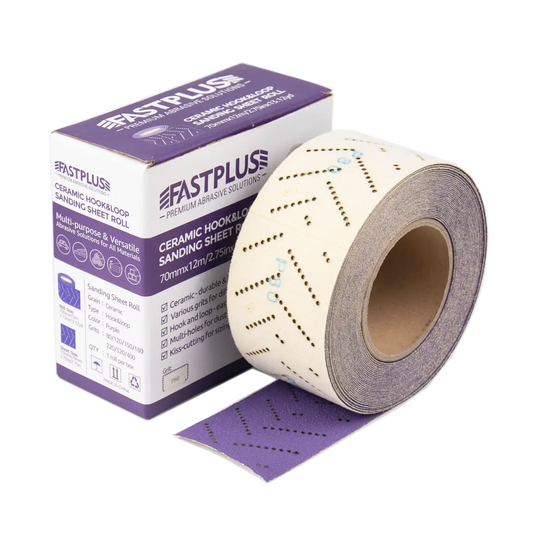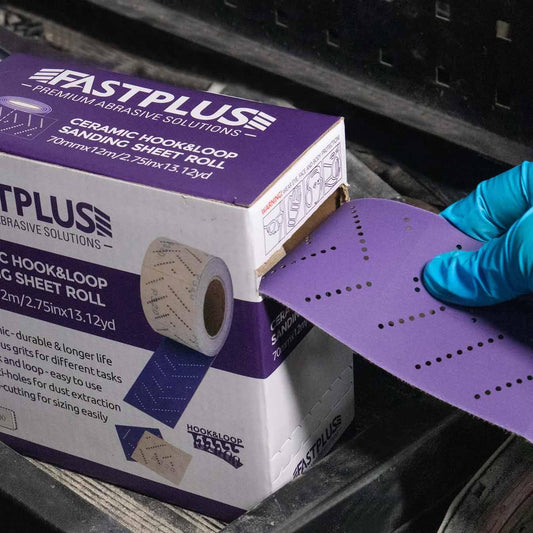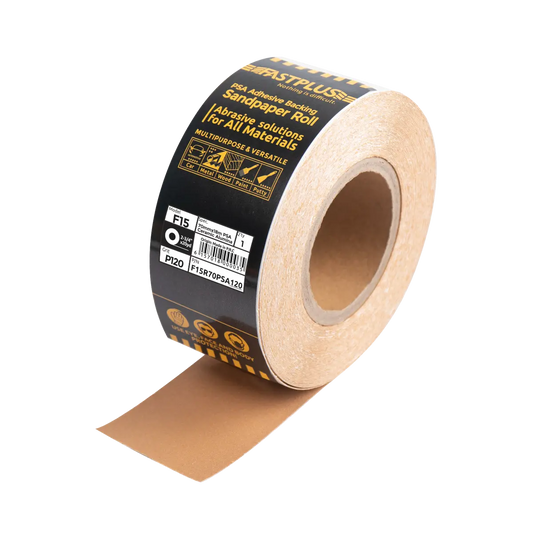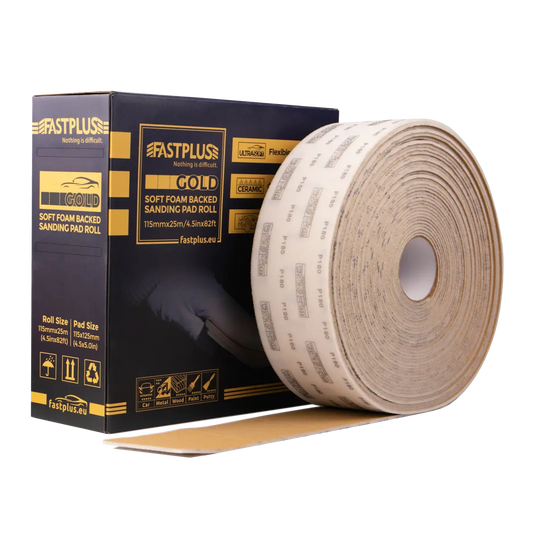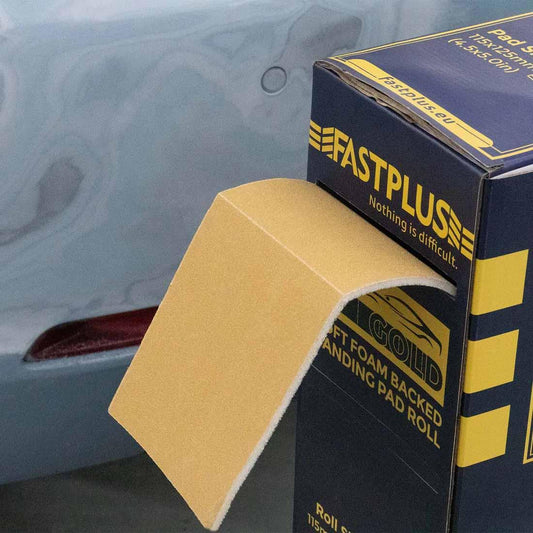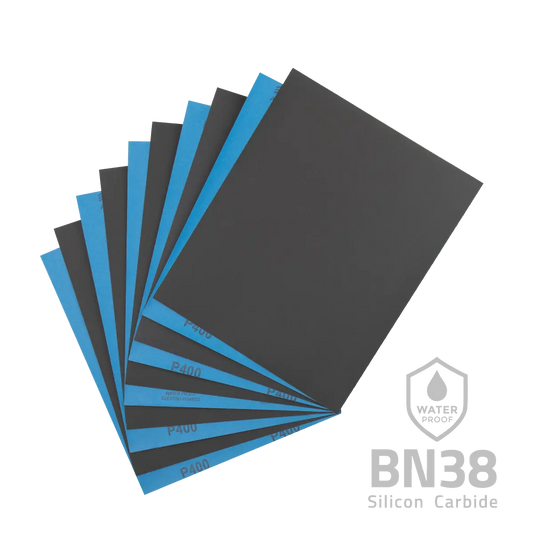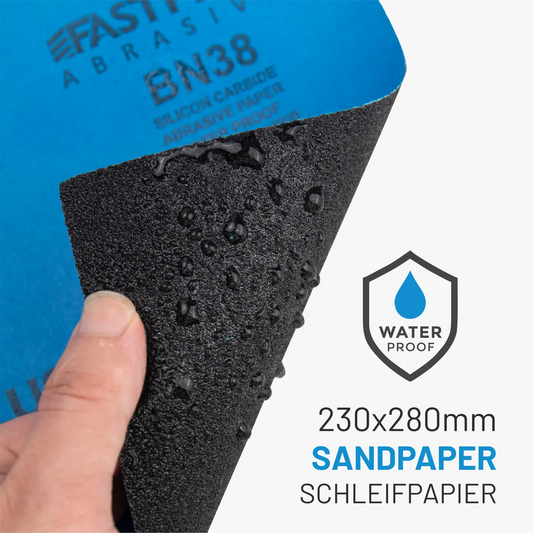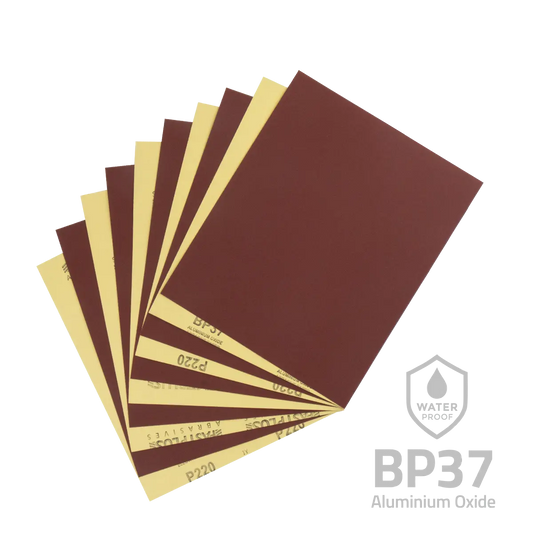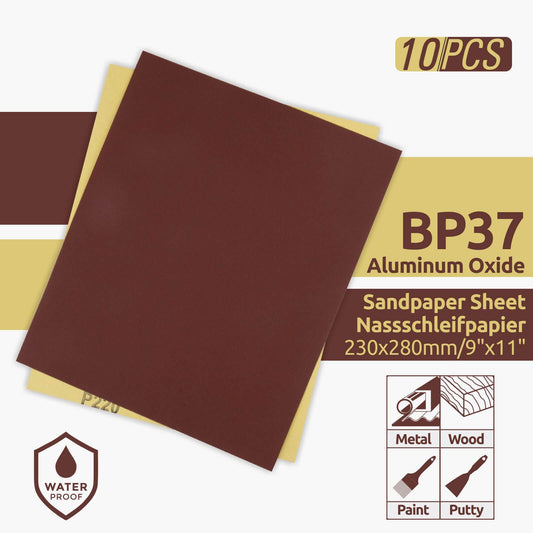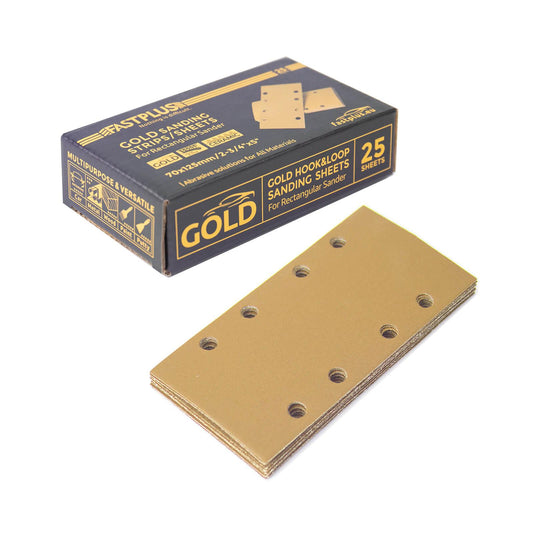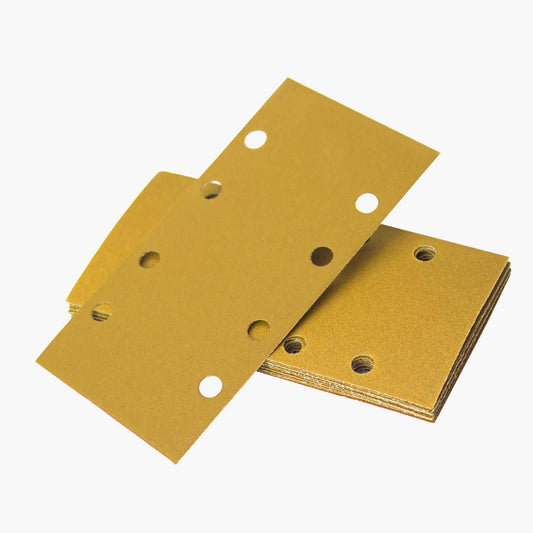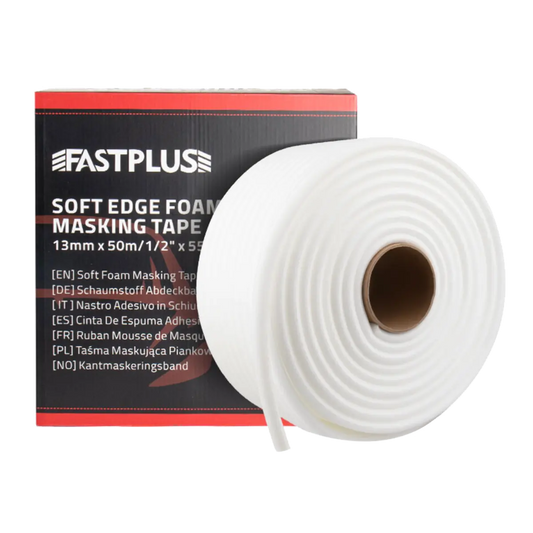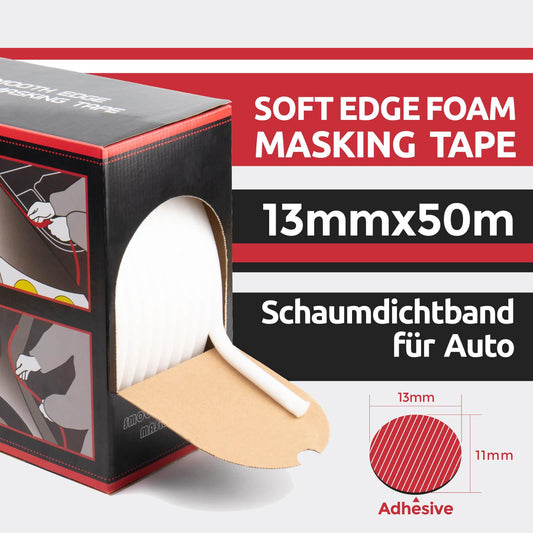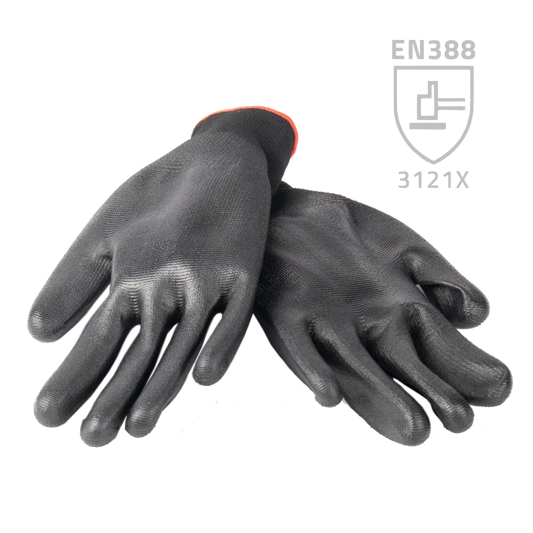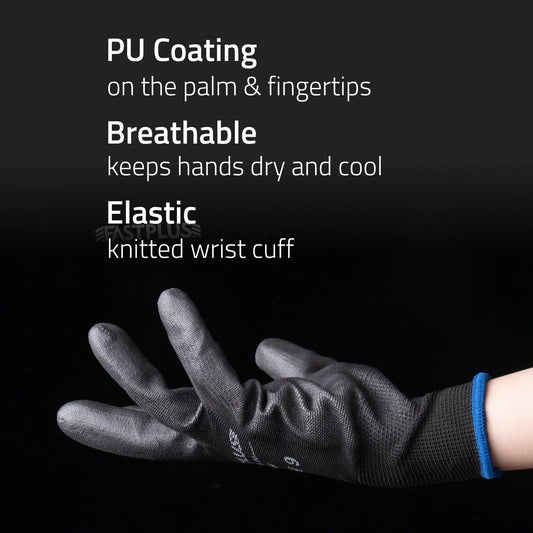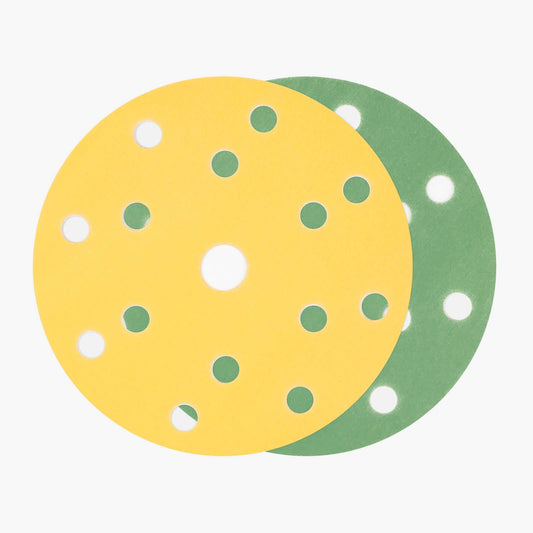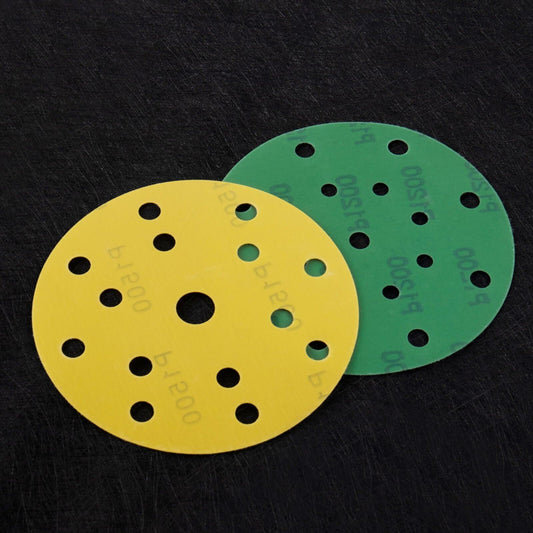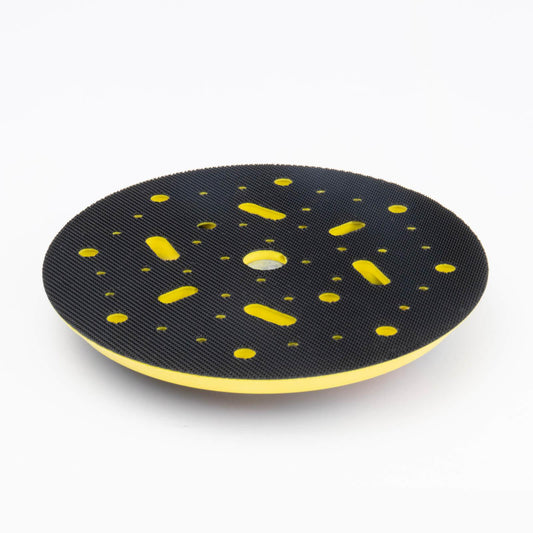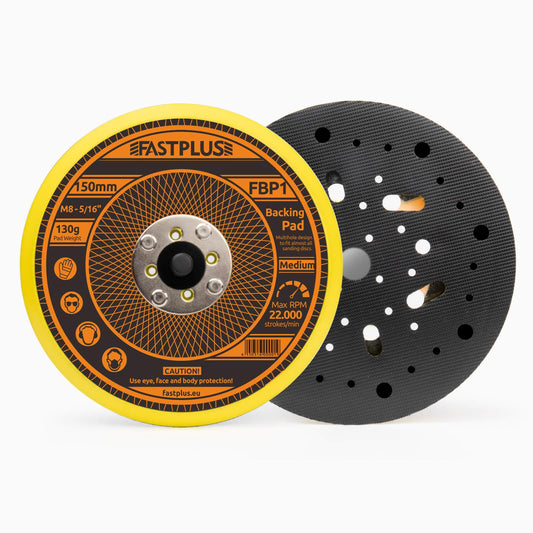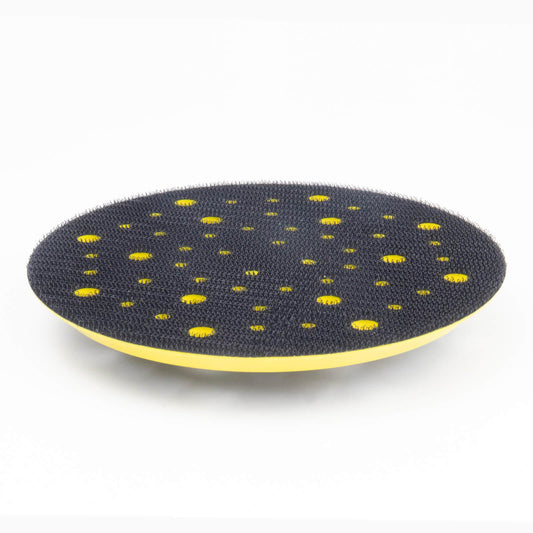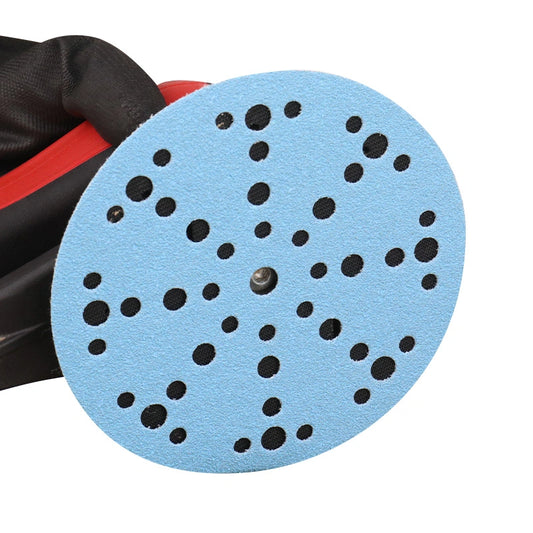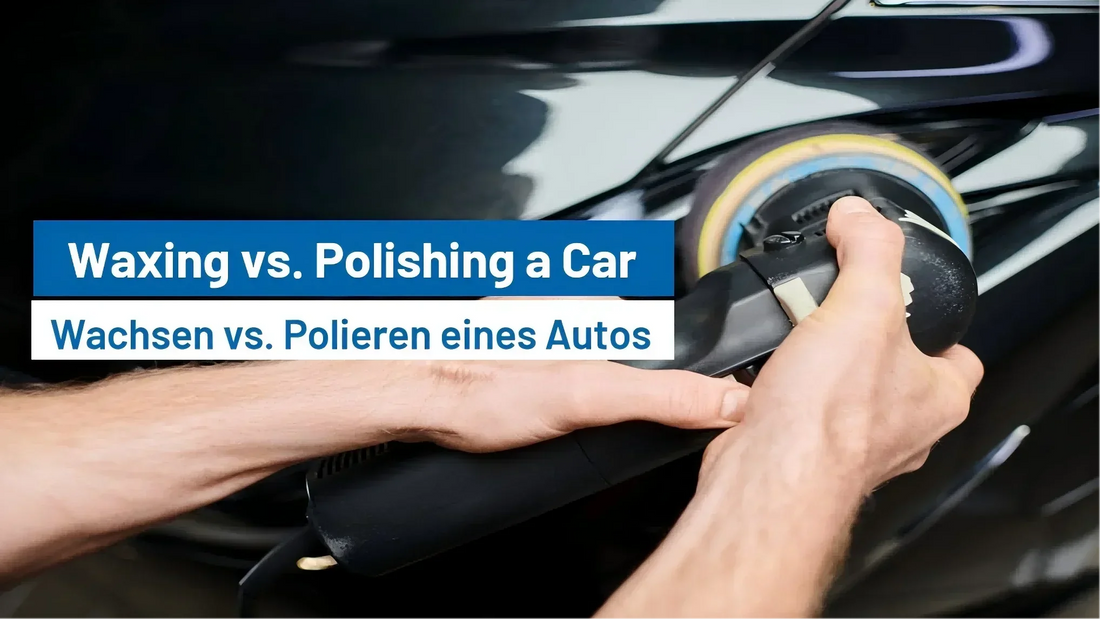
Waxing vs. Polishing a Car: What’s the Difference and Why It Matters
Maintaining a car’s shine and protecting its paint job are top priorities for many vehicle owners. But when it comes to achieving that perfect showroom finish, two processes often get mixed up: waxing and polishing. While they both improve a car’s appearance, they serve very different purposes. Understanding the difference between waxing and polishing can help you make the right choices when caring for your vehicle—and even extend the life of your paint.
In this article, we’ll break down what waxing and polishing actually do, the tools and products you’ll need (like finishing foam discs, sandpaper, or polishing compounds), and when you should use each one.
What is Car Polishing?
Polishing is the process of removing imperfections from your car’s paint surface. These imperfections include:

- Light scratches
- Swirl marks
- Oxidation
- Water spots
- Faded or dull paint
Car polishing involves using an abrasive product (often in the form of a polishing compound) to level out the clear coat, which is the transparent layer on top of your paint. This process removes microscopic layers of that clear coat to reveal a smoother, more reflective surface underneath.
How Does Car Polishing Work?
Car polishing is typically done with:
- Foam polishing discs
- Wool pads
- Dual-action (DA) polishers
- Polishing compounds
The polishing compound contains fine abrasives that "cut" into the clear coat just enough to remove surface defects. When used with tools like finishing foam discs, it can restore your paint's original luster without damaging the surface.
Types of Polish
- Cutting Compound (Heavy Cut) – For deeper scratches or oxidized paint.
- Medium Polish – Good for swirl marks and light imperfections.
- Finishing Polish – Used as the final step to maximize shine.
What is Car Waxing?
Waxing, on the other hand, is all about protection and shine enhancement. Wax is a protective layer—usually made from natural carnauba wax, synthetic polymers, or ceramic coatings—that sits on top of your car’s paint.

Unlike polishing, waxing does not remove paint or clear coat. Instead, it:
- Protects against UV rays, moisture, and contaminants
- Adds a glossy finish
- Helps repel water and dirt
- Makes future washing easier
How Does Car Waxing Work?
Waxing can be applied by hand or with a foam applicator pad and then buffed out using a microfiber towel or polishing disc with low abrasiveness.
There are several types of wax:
- Paste Wax – Traditional and long-lasting.
- Liquid Wax – Easier to apply, good shine.
- Spray Wax – Quick and convenient for touch-ups.
Key Differences Between Waxing and Polishing
| Feature | Polishing | Waxing |
|---|---|---|
| Main Purpose | Removes imperfections and restores paint clarity | Protects the surface and enhances gloss |
| Abrasive? | Yes (removes a fine layer of clear coat) | No (adds a layer of protection) |
| Tools Used | Polishing compound, foam discs, DA polisher | Wax, foam applicator pad, microfiber towel |
| When to Use | When paint has visible defects like swirls or oxidation | After polishing or as regular maintenance |
| Frequency | Every 6–12 months, depending on condition | Every 1–3 months, depending on product |
When Should You Polish a Car?
You should consider polishing your car when:
- You see visible scratches or swirl marks
- The paint looks dull, faded, or oxidized
- You want to prep the surface before waxing or applying a ceramic coating
Important: Because polishing is mildly abrasive, it shouldn’t be done too frequently. Over-polishing can reduce your clear coat thickness over time.
When Should You Wax a Car?
Waxing is best used as a regular maintenance step, typically every 1 to 3 months, or after washing your car. It's especially helpful:
- After polishing to seal in the shine
- Before the rainy or winter season
- After removing contaminants like tree sap or bird droppings
Can You Wax Without Polishing?
Yes, you can wax a car without polishing. This is common practice for well-maintained vehicles that don’t show paint damage. Waxing will still enhance gloss and offer protection even if the paint isn’t flawless.
However, waxing over scratches or oxidation won’t hide those flaws—it will only protect them. If you want that deep, mirror-like shine, polishing first is recommended.
Can You Polish Without Waxing?
Technically, yes—but it’s not a good idea.
After polishing, the clear coat is more exposed. Without a protective wax or sealant on top, the surface becomes vulnerable to:
- UV damage
- Water spots
- Airborne contaminants
To avoid this, always follow up polishing with a wax or sealant layer.
What Tools and Products Do You Need?
Here’s a breakdown of the essential tools for both processes, available in our online store:
For Polishing:
- Finishing Foam Discs – Ideal for even application of polishing compounds.
- Polishing Compounds – Choose heavy, medium, or fine depending on your paint’s condition.
- Dual Action Polisher – Helps deliver consistent, swirl-free results.
- Microfiber Cloths – For final buffing.
For Waxing:
- Foam Wax Applicator Pads – Soft enough to apply wax evenly without scratching.
- Paste, Liquid, or Spray Wax – Choose based on convenience and desired durability.
- Microfiber Towels – To buff off the wax and reveal a glossy shine.
Common Myths About Waxing and Polishing
Myth 1: "Waxing and polishing are the same thing."
False. As explained, polishing removes defects; waxing protects the surface.
Myth 2: "You should polish your car every time you wash it."
False. Polishing too often wears down the clear coat. Stick to every 6–12 months or as needed.
Myth 3: "Wax hides scratches."
Partly true. Wax may fill in very fine swirls temporarily, but only polishing can actually remove scratches.
Which One Should You Do First?
If you’re doing both, polish first, then wax. Polishing prepares the surface by removing defects; waxing seals and protects the finish you’ve achieved.
Final Verdict: Waxing vs. Polishing
Think of polishing as a corrective step, and waxing as a protective step.
- If your car looks dull, has visible swirls or oxidation – start with polishing.
- If your paint already looks good and you just want to maintain it – apply wax regularly.
Using the right tools like our finishing foam discs, mesh sanding discs, or fine-grit sandpaper during the detailing process can ensure you get professional-level results at home.
Keep Your Car Looking New
With the right combination of polishing and waxing, your car can retain its shine, color depth, and protection for years to come. Regular maintenance, along with high-quality products, is the key.
Explore our full range of auto detailing products, from foam discs and polishing pads to sandpaper rolls and mesh sanding discs, all designed to help you keep your car in perfect condition.

